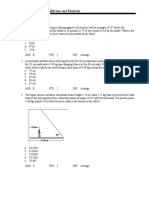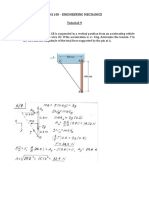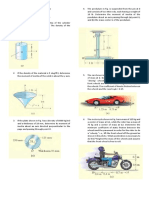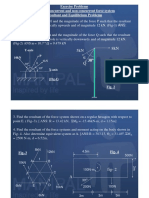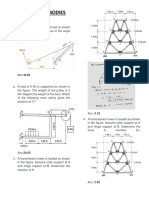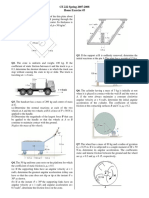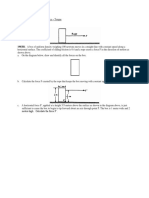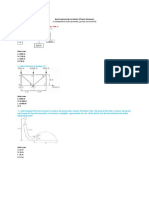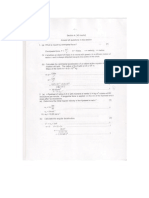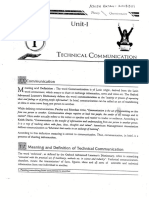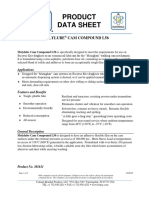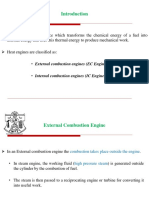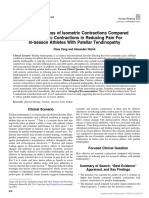0% found this document useful (0 votes)
187 views2 pagesB.Tech Mechanics Tutorial
(1) The document is a tutorial sheet for an Engineering Mechanics course that provides 12 practice problems related to equilibrium of forces and moments. It includes figures to illustrate each problem and references engineering mechanics textbooks.
(2) The problems involve calculating moments, tensions, reactions, stresses, angles of tilt, and more for systems involving forces, springs, beams, wheels, and other mechanics elements. Detailed solutions and calculations are provided for each problem.
(3) The tutorial aims to help students review and practice key topics in statics and solid mechanics through worked examples covering concepts like moments, resultants, couples, stresses and strains, and equilibrium analysis.
Uploaded by
Shivansh JangidCopyright
© © All Rights Reserved
We take content rights seriously. If you suspect this is your content, claim it here.
Available Formats
Download as PDF, TXT or read online on Scribd
0% found this document useful (0 votes)
187 views2 pagesB.Tech Mechanics Tutorial
(1) The document is a tutorial sheet for an Engineering Mechanics course that provides 12 practice problems related to equilibrium of forces and moments. It includes figures to illustrate each problem and references engineering mechanics textbooks.
(2) The problems involve calculating moments, tensions, reactions, stresses, angles of tilt, and more for systems involving forces, springs, beams, wheels, and other mechanics elements. Detailed solutions and calculations are provided for each problem.
(3) The tutorial aims to help students review and practice key topics in statics and solid mechanics through worked examples covering concepts like moments, resultants, couples, stresses and strains, and equilibrium analysis.
Uploaded by
Shivansh JangidCopyright
© © All Rights Reserved
We take content rights seriously. If you suspect this is your content, claim it here.
Available Formats
Download as PDF, TXT or read online on Scribd
/ 2
